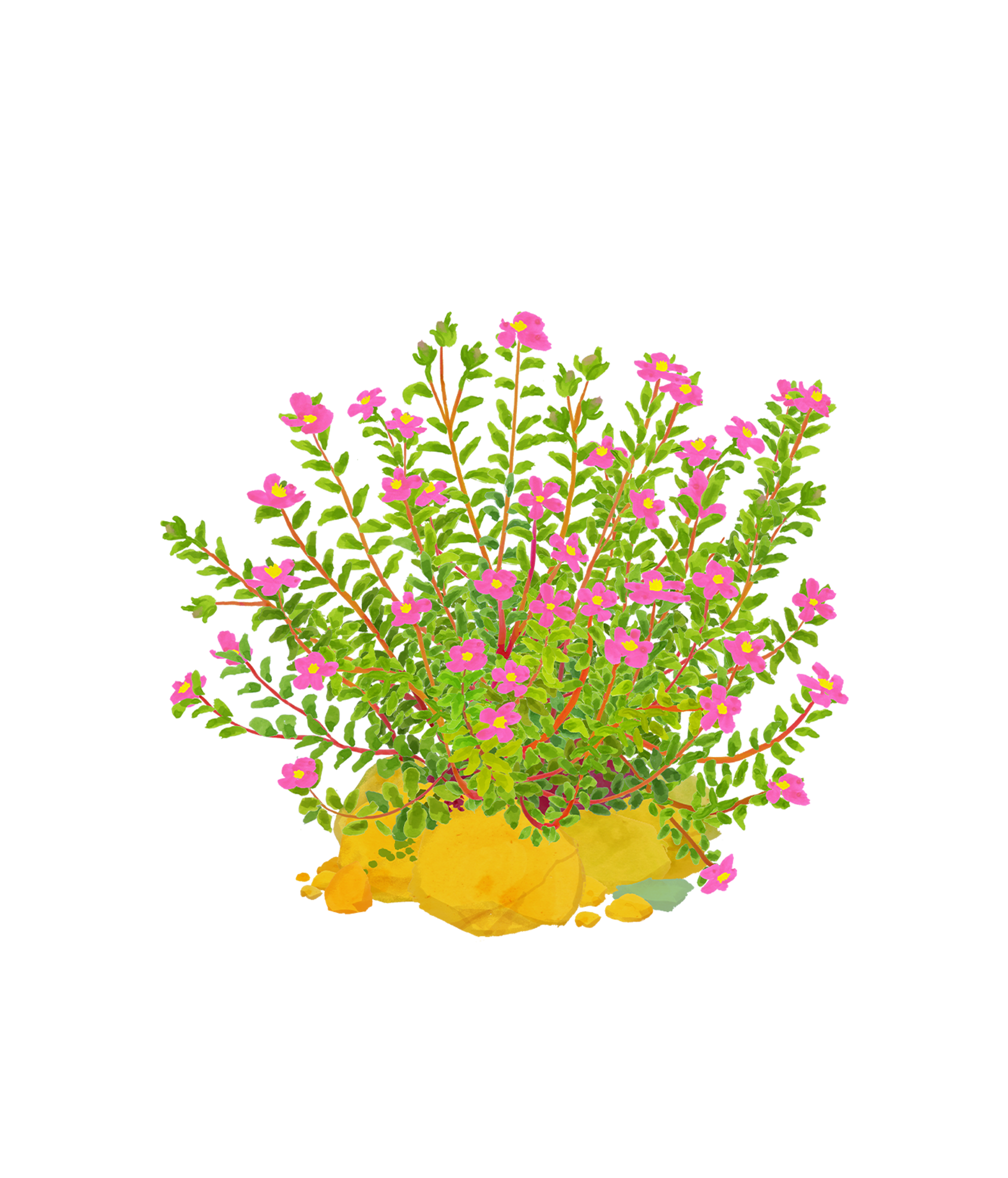Amman Sanctuary
A showcase of native wilderness and scalable regenerative agroforestry.


0
Trees
0
Square Meters
0
Native Species
Nestled in the south of Amman, this innovative project really is a mosaic of microcosms, inspired by the Japanese Satoyama model, which integrates native wilderness and productive ecosystems. In addition to planting a robust Miyawaki forest, this project involves scalable regenerative solutions, biologically enhanced agriculture techniques, and water-efficient farming practices.
Forest Maker
Team TAYYŪN


Forest Design
Through a carefully orchestrated mosaic of a fruit tree orchard, vegetable garden, alternative crops, and native plant habitat, the project aims to inspire urban landscapes to become productive, drought-resilient, and ecologically diverse.
Education and training for local farmers will be a key component of supporting the community and ensuring sustainability. In addition, this project will welcome urban residents, students, and nature enthusiasts through organized visits and workshops, nurturing a deeper connection between people and the environment.


Forest Report: Wildfire - September 2024 (9 months)
In June 2024, Amman Sanctuary was significantly damaged by a wildfire that spread from the neighboring wheat farm. Most “wildfires" in the Mediterranean region are man-made and are a result of negligence and poor land management practices. The fire destroyed the borderline zone of Miyawaki Forest and Native Shrubs, as well as several isolated pockets of forest. The affected area totalled approximately 120 square meters (12% of the 1,000 square meter planting area) and impacted around 450 saplings.In November 2024, we will replant all fire-damaged sections of the forest. However, some saplings, of the species Pistachia spp., Ruta chalepensis, have shown incredible resilience and have already begun to regrow without any human intervention. We will either leave the recovering plants in place or transplant them if soil-building interventions are needed.
Just like natural ecosystems, SUGi Pocket Forests face both natural and human-made challenges that test their resilience. By using the Miyawaki method, these forests grow and mature at an accelerated pace, allowing them to become more resilient sooner. This enables quicker recovery and regeneration after disruptive events.
Forest Update: May 2024

“The site is located within the perimeters of our partner nursery. It is a haven of indigenous mother plants for in-house seed production as well as a demonstration of the much-needed integration of native and productive ecosystems.”
Team TAYYŪN
Planting: December 2023

Native Species
Selection






























